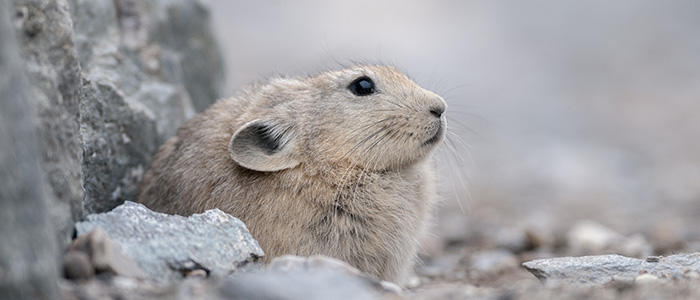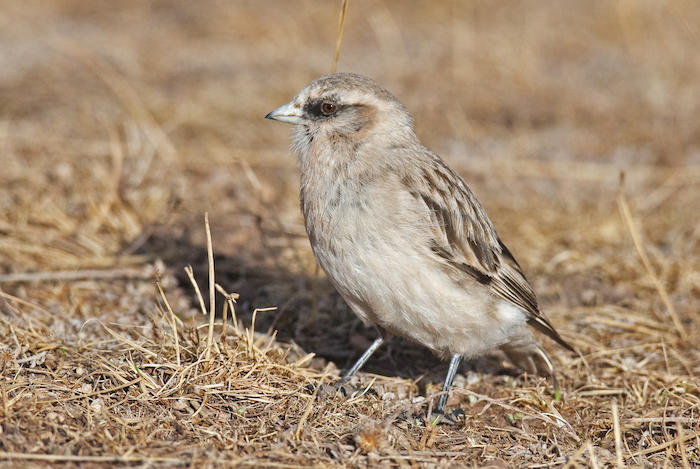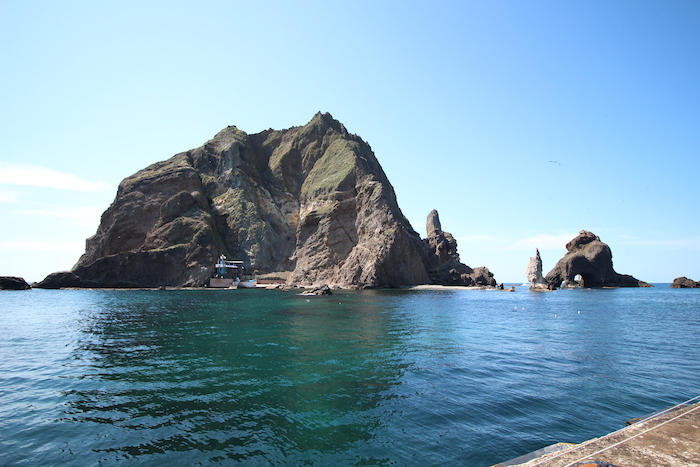New microbes discovered in fish, snow finches and a marine sponge
Posted on May 12, 2020 by Matt Bassett
Each month, the Microbiology Society publishes the International Journal of Systematic and Evolutionary Microbiology (IJSEM), which details newly discovered species of bacteria, fungi and protists. Here are some of the new species that have been discovered and the places they’ve been found.
In March we posted that two new microbes had been found in plateau pikas, and in this month two more microbes have been found in these charismatic little mammals. Georgenia wutianyii and Georgenia yuyongxinii were isolated from pikas living on the Qinghai–Tibet plateau of China. Both species form yellow colonies.

Researchers often discover microbes from sources they weren’t expecting; when a group of researchers were trapping plateau pikas to look for new microbes, two snow finches (Montifringilla taczanowskii) nested on the pika traps. Researchers were able to isolate a new species from the finches, naming the new species Vagococcus xieshaowenii. Despite its name, the snow finch isn’t a true finch, but a species of sparrow. They are commonly found in high alpine areas and share burrows with the plateau pika.

Fish were also the source of new microbes this month, researchers discovered Tabrizicola piscis, from the intestinal tract of a Korean indigenous freshwater fish, the oily bitterling (Acheilognathus koreensis). The new bacterium was described as rod-shaped, non-motile and formed creamy-pink colonies. There were two other species found in water this month. Fulvivirga aurantia and Xanthovirga aplysinae were both found in the marine sponge species Aplysina fistularis. Marine sponges make up the phylum Porifera. They are multicellular animals with porous bodies that allow water to circulate through them. They feed by filtering out nutrients from the water.
Researchers didn’t just find new microbes in animals, the brown algae Laminaria sp. was the source of the new microbe Salinibaculum litoreum. S. litoreum is a halophilic archaeon, meaning it can only live in areas of high salinity. Most of these archaea require salt levels of between 100g and 150g of salt per litre of water; to put that into perspective, average salt content of sea water is 35g of salt per litre.
The Dokdo islands, also known as Takeshima or Liancourt Rocks, are located in the Sea of Japan, between South Korea and Japan. The islands are known for their barren environmental conditions, including shallow soil depth, drought and high soil salinity. Since 2005, 57 new bacterial species have been discovered on the islands. A group of researchers isolated Nocardioides sambongensis from a soil sample from the island. The species name sambongensis comes from Sambong, which is the ancient name for the Dokdo islands.

The full papers describing these species are available to journal subscribers, but the abstracts are free to read. Articles can also be purchased individually with the pay-per-view option.

